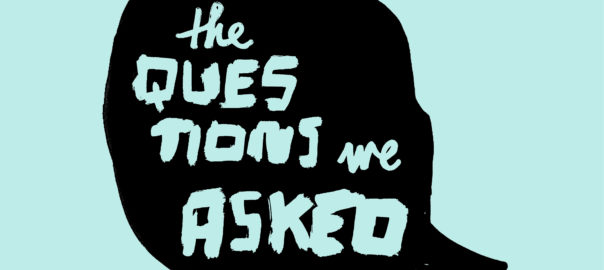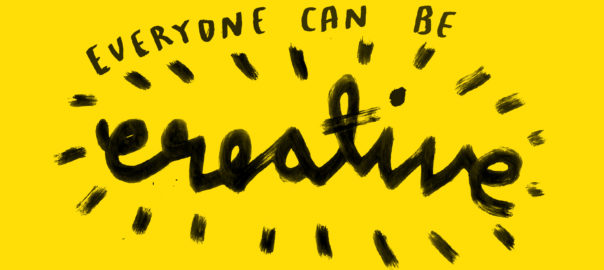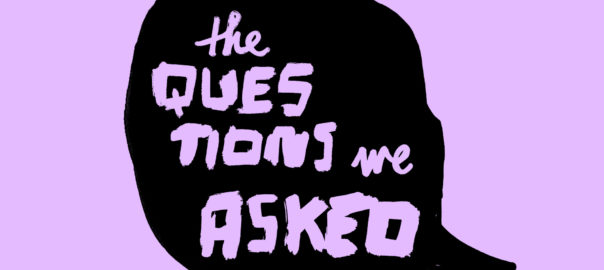Out for a duck
Sir Nigel Gresley was an imaginative man.
A gifted inventor.
Probably the most famous locomotive designer associated with the London and North Eastern Railway.
He designed arguably the most famous locomotive in the world: the Flying Scotsman.
And as well as being a great engineer he had an eye for beauty.
Designing engines with muscle and elegance.
The attractiveness of his locomotives were not wasted on the advertising department of the LNER at King’s Cross: many of his engines appeared regularly on posters, luggage labels and booklets.
Anywhere the company could take advantage of the locomotives’ impressive good looks.
But when LNER were able to prove that their engines were not only safe and stylish but very, very fast, they had a real marketing property on their hands.
On the 3 July 1938, driver Joe Duddington climbed into the cab of the Mallard: an A4 class locomotive with sweeping art deco lines.
Joined by fireman Tommy Bray, and the inspector, Sam Jenkins.
Attached to the engine was a dynamometer car full of charts and instruments to record their speed.
Turning his cap back to front, Duddington took the helm and they started their outward journey from Wood Green.
Resting at a siding in Barkston, thoughts were collected and packed lunches eaten, as Jennings and Bray made the fire up, right to the doors of the firebox.
The train left at 4.15pm, rising through Peascliffe Tunnel and on to Barrowby Road Junction, where the line levelled out on the way to Grantham.
Work on the line meant that the train slowed to 24mph temporarily then gradually picked up the pace, passing through Stoke Tunnel and heading uphill towards Stoke summit.
Passing Stoke Box at the top of the climb, Duddington gave the Mallard a head of steam at 85mph.
And she jumped to it like she was alive.
After three miles the speedometer in his cab showed 107mph, then 108, 109 …
Before he knew it the needle was at 116mph.
Bray and Jenkins shovelled frantically.
Duddington nursed her through Little Lytham at 123mph.
The excited passengers in the dynamometer car urged her on.
And then for quarter of a mile they all held their breath as they reached previously uncharted speeds of 126mph.
The Mallard had booked her place in history, clinching a new world record for steam locomotives.
So it feels very fitting that a statue of Sir Nigel Gresley should be commissioned by the Gresley Society Trust.
And unveiled at King’s Cross Station next year: the 75th anniversary of his death.
A seven-foot-tall bronze figure of the man, created by sculptor Hazel Reeves.
And here’s the clever bit: he has a bronze mallard duck at his feet.
An inspired idea.
A duck that will make people stop and take notice.
A duck that will help spark interest in the story of how the Mallard broke the world steam record.
A duck that will mark out this statue from the plethora of other statues celebrating the great and the good around London, and make people remember it.
Without the duck, it’s just another statue of a kindly old gentleman.
But it appears that’s exactly what a minority of trust committee members would prefer: to remove the duck, because it may invite ridicule and detract from the dignity of the statue.
So after widespread consultation with their president, vice presidents, members and Sir Nigel’s family, the duck is no more.
That’s the danger of design by committee: you’re rarely going to please everyone.
Compromise can lead to watered-down designs or strategy that everyone likes (or can live with), but that no one really loves.
Which will be picked up by your audience.
Your audience aren’t always as interested as you think they are.
You need to make them sit up and take notice.
It takes daring to be different.
Different doesn’t need to be wacky.
It should be salient and meaningful.
It should stick something in people’s memory banks.
Relevant difference is a calculated risk.
But far too often people fear too much what will happen if the risk is taken.
But the question should be: what are we risking if we don’t take it?
Because if your brand doesn’t provoke a reaction then it’s the equivalent of a kindly old gentleman.
Hold your breath and give your brand a head of steam.
And don’t let your best ideas be out for a duck.
– DB







